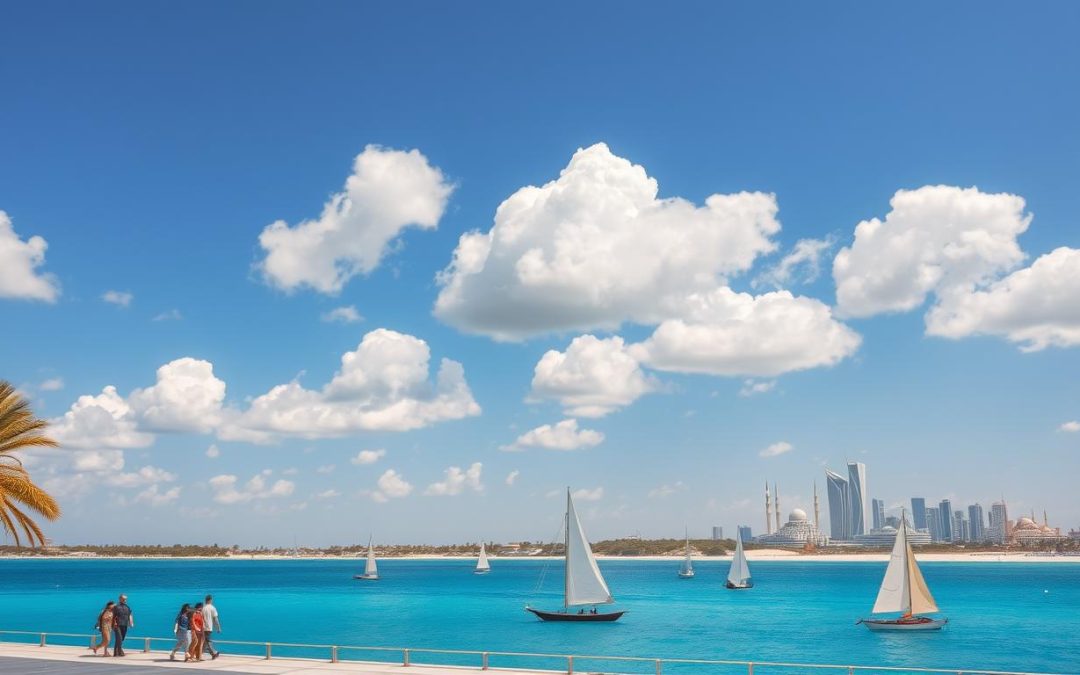Have you ever wondered how the weather can transform your travel experience? In the heart of the Arabian Gulf lies a destination that blends rich history, vibrant culture, and diverse weather patterns. This makes planning your visit both exciting and essential.
Understanding the climate is key to enjoying all that this enchanting location has to offer. From mild winters to warm springs, each month brings unique opportunities for exploration. Whether you’re drawn to cultural festivities or outdoor adventures, timing your trip right can make all the difference.
This guide will help you navigate the best time to visit, considering factors like temperature, local events, and travel trends. By planning strategically, you can maximize your experience and create unforgettable memories.
Key Takeaways
- Bahrain’s weather varies significantly, influencing the ideal time to visit.
- March offers pleasant temperatures, perfect for outdoor activities.
- Cultural events and festivals add unique charm to your trip.
- Understanding monthly climate trends helps in planning a seamless journey.
- Strategic timing ensures a balance of comfort, affordability, and adventure.
Overview of Bahrain’s Climate and Seasonal Trends
Weather plays a crucial role in shaping your travel plans. In this destination, the climate varies significantly throughout the year, offering unique experiences each season. From mild winters to scorching summers, understanding these patterns helps you make the most of your visit.
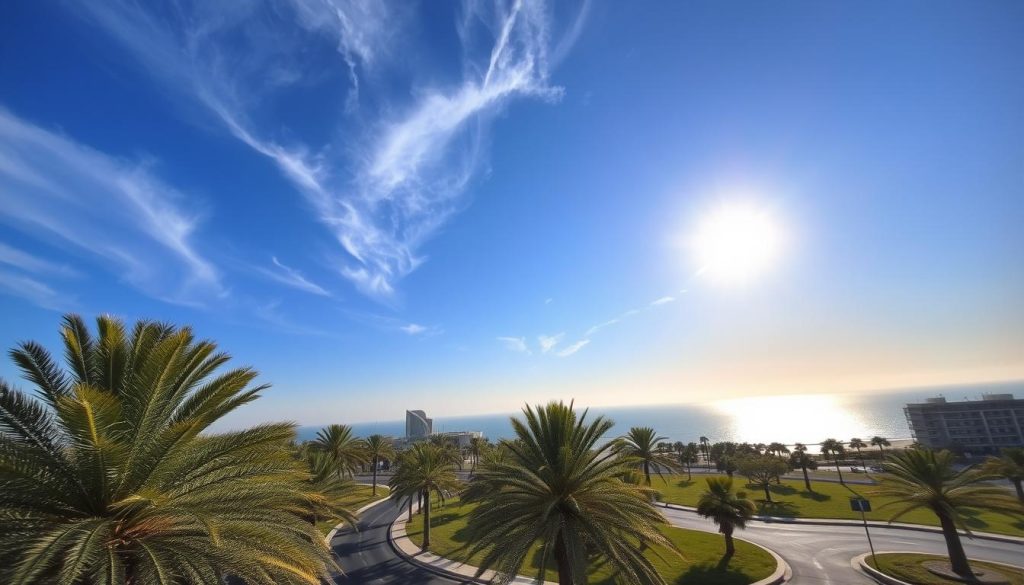
Understanding Bahrain’s Weather Patterns
The weather here shifts from cooler temperatures in december to intense heat by april. Winters are mild, with average temperatures ranging from 60°F to 75°F. This is the best time visit for outdoor activities and exploring cultural sites.
Spring brings warmer weather, with temperatures climbing to 85°F by april. Summers are hot, often exceeding 100°F, making it less ideal for daytime excursions. Rainfall is minimal, with most precipitation occurring in winter.
How Climate Shapes Your Trip
The climate directly impacts your travel itinerary. Cooler months are perfect for visiting the beach or attending local festivals. Hotter months may limit outdoor activities but offer opportunities for indoor cultural experiences.
Here’s a quick breakdown of temperature ranges by season:
| Season | Temperature Range | Activities |
|---|---|---|
| Winter (December – February) | 60°F – 75°F | Outdoor exploration, festivals |
| Spring (March – April) | 75°F – 85°F | Beach visits, cultural tours |
| Summer (May – September) | 85°F – 105°F | Indoor activities, evening outings |
By planning your time visit around these trends, you can enjoy a balanced and memorable trip. Whether you prefer mild weather or don’t mind the heat, there’s always something to explore.
Peak Season in Bahrain: November to February
From November to February, this destination shines with ideal travel conditions. The cooler months bring moderate temperatures, ranging from 60°F to 75°F, making it the perfect time for outdoor adventures and cultural exploration.
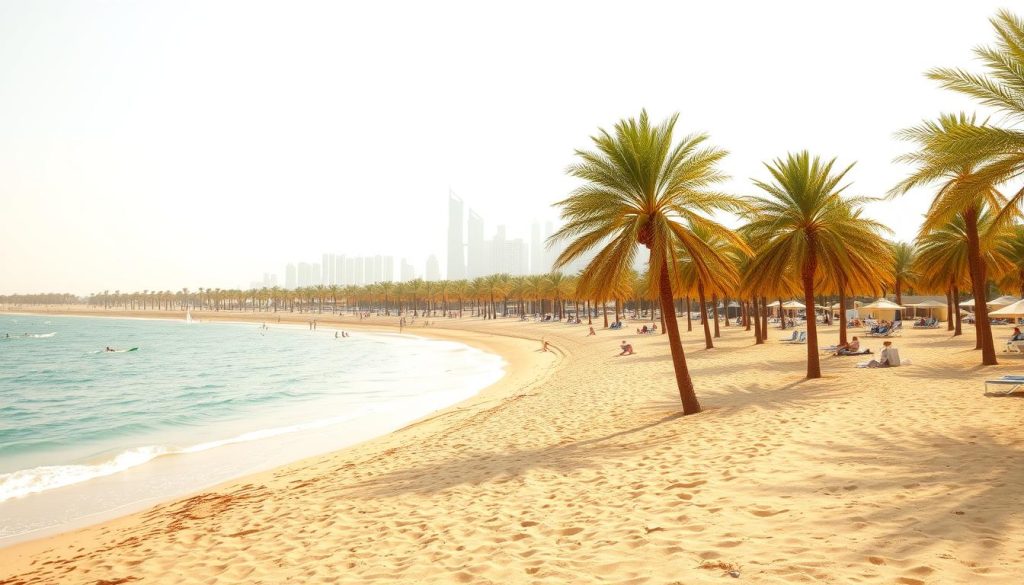
Cultural Festivities and Outdoor Exploration
This period is packed with vibrant events and activities. The Bahrain International Music Festival and Bahrain Food Festival are just two highlights that draw crowds from around the world. These events offer a unique glimpse into the local culture and traditions.
Outdoor enthusiasts will love exploring historical sites like the Bahrain Fort and Muharraq’s architecture. The pleasant weather allows for day-long sightseeing without the discomfort of extreme heat.
Moderate Temperatures and Ideal Conditions
The mild climate during these months is a major draw for travelers. With temperatures averaging between 60°F and 75°F, you can comfortably enjoy both indoor and outdoor activities. This is the ideal time to immerse yourself in the local culture and natural beauty.
Understanding the temperature ranges and planning around cultural events can significantly enhance your travel experience. Whether you’re attending a festival or exploring ancient ruins, the peak season offers something for everyone.
Offseason Travel: March to June Benefits
Exploring a destination during its quieter months can offer a unique and peaceful experience. From March to June, the offseason provides a chance to enjoy fewer crowds and more affordable travel options. This period is ideal for those seeking a tranquil getaway without the hustle and bustle of peak tourist seasons.
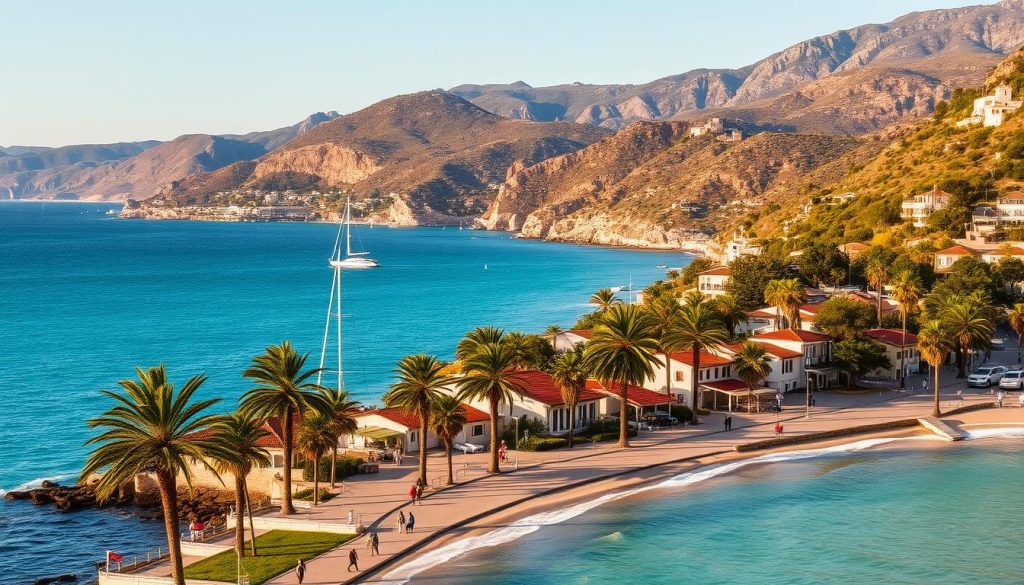
Less Crowded Destinations
Traveling during the offseason means you’ll encounter fewer tourists at popular attractions. This allows you to explore at your own pace and fully immerse yourself in the local culture. Historical sites, museums, and beaches are often more accessible, giving you a more intimate experience.
Temperatures during these months range from 20°C to 40°C, so it’s wise to plan outdoor activities for early mornings or evenings. Indoor attractions, such as art galleries and cultural centers, are excellent alternatives for midday exploration.
Budget-Friendly Travel Options
One of the biggest advantages of offseason travel is the cost savings. Flights and accommodations are typically more affordable compared to peak months like november and february. This makes it an attractive option for budget-conscious travelers who still want to enjoy a memorable trip.
Hotels often offer discounts, and you’ll find better deals on tours and activities. With fewer tourists, you can also enjoy personalized attention from local guides and service providers.
Whether you’re looking for a quiet retreat or a budget-friendly adventure, the offseason months from March to June provide a perfect balance of tranquility and value. Embrace the opportunity to experience a destination in a whole new way.
Monsoon Season Insights: July to October
Traveling during the monsoon season offers a unique perspective on any destination. From July to October, this place experiences monsoon-like conditions, blending high temperatures with occasional rainfall. While this weather can pose challenges, it also opens doors to distinctive experiences that are worth exploring.
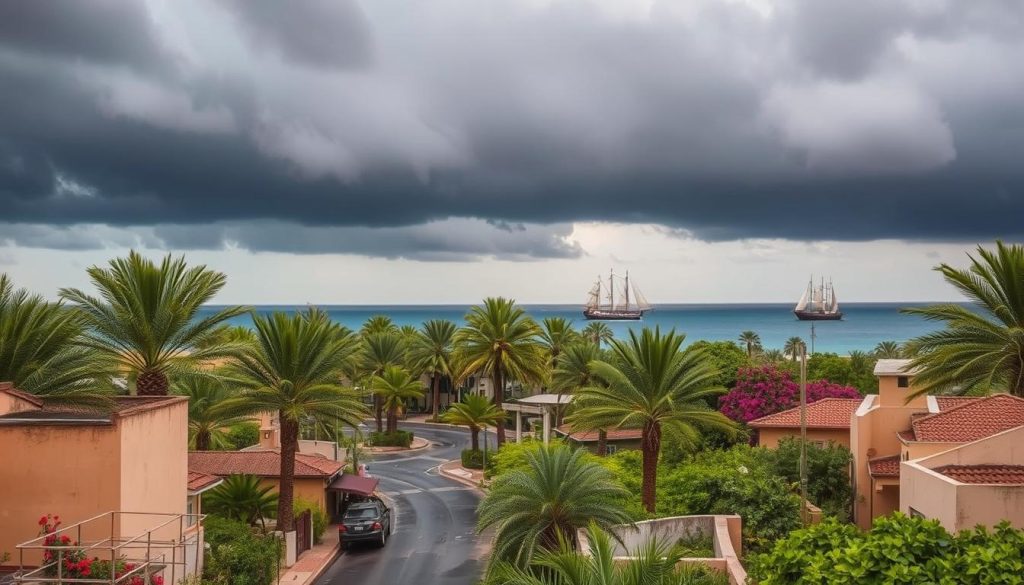
Weather Challenges and Adaptations
The monsoon season brings intense heat, with temperatures often exceeding 100°F. Occasional rains can disrupt outdoor plans, but they also provide a refreshing break from the heat. To make the most of your trip, consider planning indoor excursions and keeping your itinerary flexible.
Here are some tips for navigating this season:
- Visit local museums and cultural centers to stay cool while learning about the destination’s heritage.
- Explore bustling markets and indoor events that thrive during this time.
- Schedule outdoor activities for early mornings or evenings when temperatures are milder.
Unique Experiences During the Monsoon
Despite the weather challenges, this season offers a chance to see the place in a different light. With fewer tourists, you can enjoy a more intimate experience at popular sites. The monsoon also provides unique insights into local life, as residents adapt to the seasonal changes.
Here’s a quick overview of what to expect during this period:
| Month | Weather Conditions | Recommended Activities |
|---|---|---|
| July | High heat, occasional rain | Indoor cultural tours, evening markets |
| August | Peak monsoon, frequent showers | Museums, art galleries, local festivals |
| September | Moderate rain, cooling temperatures | Historical sites, indoor dining experiences |
| October | Reduced rainfall, pleasant evenings | Outdoor exploration, cultural events |
By embracing the monsoon season, you can discover a side of this destination that many travelers miss. Whether you’re exploring indoor attractions or enjoying the unique ambiance, your holiday will be filled with memorable moments.
Bahrain: Best Months for a Weather-Savvy Trip
Planning your visit around the right weather can make your trip unforgettable. Understanding the climate and aligning your travel plans with local events ensures a seamless and enjoyable experience. Whether you’re exploring cultural sites or enjoying outdoor activity, timing is everything.
Each season offers unique opportunities. Cooler months, like november to february, are perfect for outdoor adventures and festivals. Spring brings warmer temperatures, ideal for beach visits and cultural tours. Summers, while hot, provide a chance to explore indoor attractions and evening events.
- Align your trip with moderate temperatures for comfort and flexibility.
- Check local event calendars to experience cultural festivities.
- Plan outdoor activities for early mornings or evenings during hotter months.
- Explore indoor attractions to escape the midday heat.
By considering these factors, you can tailor your itinerary to match your preferences. Whether you’re a history enthusiast or a beach lover, there’s always something to enjoy. Start planning your visit bahrain today and create memories that last a lifetime.
Monthly Weather Breakdown and Local Events
Each month in this country brings unique weather and cultural experiences. Understanding these patterns helps you plan a trip that aligns with your preferences. Whether you’re exploring historical sites or attending local festivals, timing is key.
Highlights of Winter and Early Spring
From November to February, temperatures range from 18°C to 28°C, making it ideal for outdoor activities. This period is packed with cultural events like the Bahrain International Music Festival and the Bahrain Food Festival. These gatherings offer a glimpse into the country’s rich history and traditions.
Early spring, from March to April, sees temperatures rise slightly, averaging 20°C to 30°C. This is a great time to visit beaches and explore historical landmarks. The pleasant weather allows for day-long excursions without discomfort.
Summer’s Heat and Transitional Periods
Summer, from May to September, brings intense heat, with temperatures often exceeding 40°C. Rainfall is minimal, but occasional showers provide relief. To beat the heat, plan indoor activities like museum visits or evening market explorations.
Transitional periods, such as October, offer a mix of warm days and cooler evenings. This is a great time to enjoy outdoor events without the peak summer heat. Rainfall increases slightly, adding a refreshing touch to the landscape.
Here’s a quick overview of monthly weather and events:
- November: Mild weather, cultural festivals.
- December: Cool temperatures, holiday celebrations.
- January: Pleasant climate, historical tours.
- February: Moderate heat, local gatherings.
- March: Warm days, beach visits.
- April: Rising temperatures, outdoor exploration.
- May: Intense heat, indoor activities.
- June: Peak summer, evening outings.
- July: Monsoon-like conditions, cultural events.
- August: Frequent showers, museum visits.
- September: Cooling temperatures, historical sites.
- October: Pleasant evenings, outdoor festivals.
When booking your stay, consider hotel pricing trends. Peak months like December and January often see higher rates. For budget-friendly options, plan your visit during transitional periods like October or early spring.
Activity Highlights for Every Season
Discover how each season brings its own charm, offering a variety of activities to suit every traveler’s taste. Whether you’re drawn to the beach, cultural events, or historical landmarks, there’s something for everyone throughout the year.
Beach, Cultural, and Historical Experiences
In the warmer months, the city comes alive with water sports and beach outings. The Hawar Islands are a hotspot for snorkeling and kayaking, offering a refreshing escape from the heat. If you’re visiting in May, the mild temperatures make it an ideal time to explore the coastline.
For history enthusiasts, the Bahrain Fort and Qal’at al-Bahrain are must-visit sites. These landmarks provide a glimpse into the region’s rich heritage and are best explored during cooler months. Cultural events, like those during Ramadan, offer unique insights into local traditions and community spirit.
Here’s a quick guide to seasonal activities:
- Winter: Explore historical sites and attend cultural festivals.
- Spring: Enjoy beach visits and outdoor tours.
- Summer: Focus on indoor attractions and evening markets.
- Fall: Experience transitional weather with outdoor events.
By planning your trip around these activities, you can make the most of your visit. Whether you’re soaking up the sun or diving into history, every season offers unforgettable experiences.
Travel Costs and Seasonal Accommodation Tips
Understanding travel costs can significantly impact your overall trip experience. Prices for flights and hotels vary depending on the season, making it essential to plan strategically. By aligning your travel dates with off-peak periods, you can save money and enjoy a more relaxed journey.
Flight and Hotel Pricing Trends
Winter months, particularly December to February, are peak travel times. During this period, flight and hotel prices are at their highest. For example, a hotel room that costs $150 in January might drop to $100 in July. This trend is driven by high demand and limited availability.
In contrast, summer months like July and September offer more affordable options. Airlines and hotels often provide discounts to attract travelers during these quieter periods. This makes summer an ideal time for budget-conscious adventurers.
Budgeting Tips and the Cost Formula
To predict travel costs, consider the formula of seasonality, local events, and occupancy rates. For instance, traveling during September can be cheaper because it falls between peak and off-peak seasons. Additionally, booking flights and accommodations well in advance can help secure competitive prices.
Here are some practical tips for saving money:
- Use flexible travel dates to take advantage of lower rates.
- Monitor price trends and book during sales or promotions.
- Consider alternative accommodations like vacation rentals or hostels.
By understanding these trends and planning ahead, you can make the most of your travel budget. Whether you’re visiting in January or July, there are always ways to optimize your spending and enjoy a memorable trip.
Conclusion
Planning your journey around the right season can make all the difference. Moderate weather, local events, and cost-effective travel options are key factors to consider. Each season offers unique experiences, from outdoor adventures to cultural festivities.
Winter and spring are ideal for exploring historical sites and attending vibrant events in Manama. Summers, while hot, provide opportunities for indoor activities and evening outings. Transitional months like October offer a mix of pleasant weather and fewer crowds.
Whether you’re visiting a mosque or enjoying a local event, timing your trip ensures a memorable experience. Use this guide to tailor your itinerary and make the most of your visit. Every season has something special to offer.
The above is subject to change.
Check back often to TRAVEL.COM for the latest travel tips and deals.
Here are some Tours & Sightseeing suggestions that might pique your interests!
